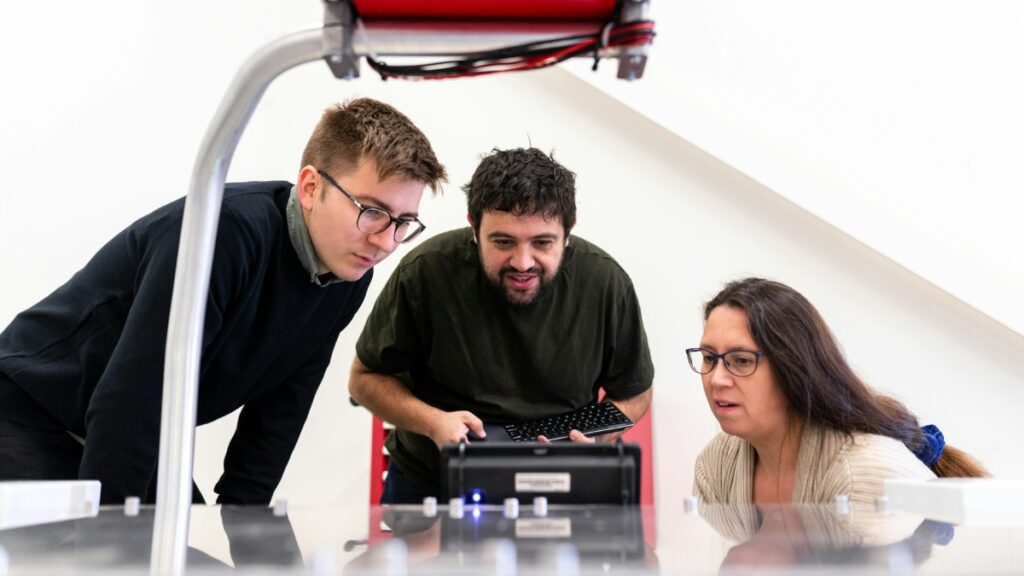Table of Contents
There are simple methods to monitor the system performance of Mac whether you’re trying to figure out why your computer is lagging, opening slowly, or experiencing other issues, or if you’re just interested in how your machine is functioning.

Examine the Performance of Mac
The Activity Monitor is the simplest tool to monitor the system performance of Mac. There are five sorts of processes that you may monitor.
Navigate to Finder, Applications, and Utilities to view the Activity Monitor. Select Activity Monitor.
Select the process category that you want to examine. CPU, Memory, Energy, Disk, Network, and Caches are available options.
You may then decide how much information to show and in what format
- All Processes
- All Processes Hierarchically, this enables you to see parent-child connections inside procedures
- My Processes, processes that belong to your macOS user account
- System Processes, which belong to macOS
- Other User Processes, which are those that are not owned by the current user or the root user (administrator account)
- Active Processes
- Inactive Processes, which are those that are sleeping
- Windowed Processes, which are those that open a window for user action, typically apps
- Selected Processes, which are processes you have chosen in the Activity Monitor pane
- Applications in the last 8 hours Apps that have operated during the previous eight hours
Items To Examine
You can locate a specific performance indicator if you’re looking for it, but there are a few things to watch.

CPU
To view how much of the Processor is being utilized by each application, you may categorize the CPU pane by a number of different columns. This evidence can assist in identifying processes that are influencing the performance of Mac. The percentage of capability now being utilized is displayed on the CPU Load graph.
If the CPU load is continuously higher than 60% it might be worthwhile to check for hidden and background programs that are consuming a lot of processor space. If possible you can, close or delete them.
Memory
Consumption of memory is displayed in the Memory pane. Memory availability is seen in the Memory Pressure graph. If the graph displays a lot of red and yellow, it may be time to upgrade your computer’s RAM.
Energy
Both the total energy consumption and the energy consumption of each open application are displayed in the Energy pane. Apps that keep the computer from getting to sleep should be checked in the Preventing Sleep column. Be careful to close any programs that hinder it from sleep to conserve energy when you’re not using the computer.
Network
By application, the Network pane displays the amount of data being sent or received by the computer. This is a fantastic spot to see which apps are using the most data if you’re keeping track of how much you’re using.
Analyze Performance
While working on other apps, you may monitor CPU consumption in the background if you would rather see the performance in real-time.
- Select Window and then CPU Usage to launch a window.
- Select View, Dock Icon, and CPU Usage if you want a graph of the data in the Dock.
In conclusion, Activity Monitor is a suite of performance monitors provided by Apple. You can keep an eye on the performance of Mac using these monitors and even make adjustments.



